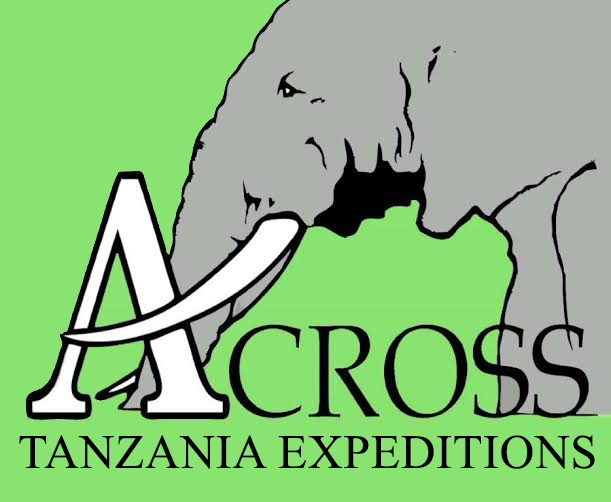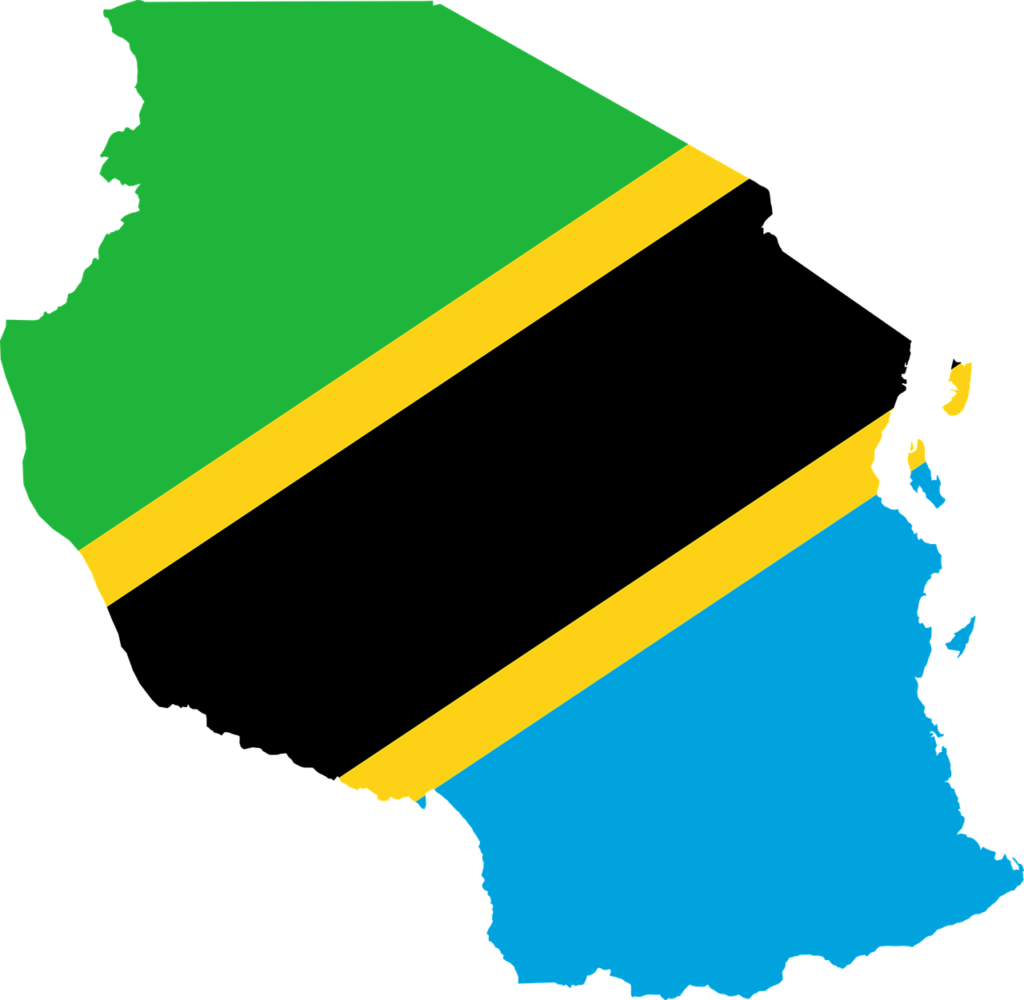Lake Manyara National Park
Lake Manyara National Park is a small park at the base of the Rift Valley escarpment. Its groundwater forest offers a nice change of scenery from the more savannah-dominated parks. Although the park is known for tree-climbing lions, big cats aren’t that easily seen. Elephant are prolific and are the main attraction.
Wildlife
This park is known for its large elephant population. The big cats are present, but not seen that easily. The forest patch is home to habituated troops of olive baboon and blue monkey. Buffalo, giraffe and several antelope species are easily encountered on a drive.
Scenery
Lake Manyara is a shallow, alkaline lake at the base of the Western Rift Valley escarpment. The park has a remarkable variety of habitats in a small area. The park entrance leads to a beautiful groundwater forest. Other habitats include the grassy floodplain, rocky escarpment and acacia woodland, all of which can be covered in a half-day visit. Deeper into the park a visit to the hot springs (Majo Moto) is recommended
Weather & Climate
The climate never overheats at Lake Manyara, where average daytime temperatures peak at around 29°C/84°F in the Wet season (November to May). The pattern in this period is a month or two of ‘short rains’, then a dry spell, then a longer stretch of rain. It’s slightly cooler in the Dry season (June to October). The temperature plummets at night, however. Freezing conditions are rare, but they can happen.
Best Time to Visit
The wildlife watching is good at Lake Manyara practically all year. Most people visit the park in the afternoon, so if your itinerary allows it, an early morning visit is highly recommended. Best Time to Go June to September (easier to spot animals)


